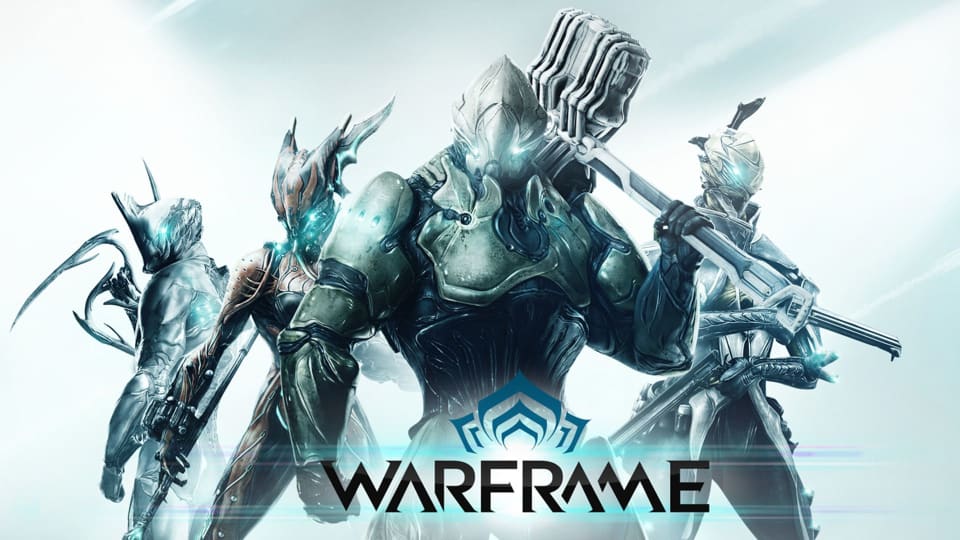Production
Around 2011, Digital Extremes were finding themselves struggling for work-for-hire contracts. While the studio had been forced to issue some layoffs, they were still at about 250 people at this time. Looking again to develop their own IP and to try to take advantage of the growth in free-to-play games, Digital Extremes looked back to the original Dark Sector concept from 2004 and looked to develop it as a free-to-play game. This decision was made in early 2012 and required the team to create a prototype within one to two months, as Sinclair and Digital Extremes' CEO James Schmalz were going to shop the game around to publishers at that year's Game Developers Conference in March 2012. They took several assets from the abandoned 2004 concept, and developed this as Warframe. At GDC, Sinclair and Schmalz found publishers still cold on the idea: Western publishers were not keen on the science fiction setting, while a large unnamed Korean publisher warned him that they would "fail" as Western developers did not know how to properly support free-to-play games with quality content.[10] Another concern raised by these publishers was that Warframe was based on player-versus-environmental gameplay, which differed significantly with other free-to-play titles at the time that were mostly player-versus-player.[14] Disheartened, they returned to the studio and decided that they would publish Warframe on their own. They built out a playable version of the game, at the time known as Lotus in about nine months.[7] Alongside this, the studio developed the necessary server architecture to support the game and the microtransaction system they had envisioned for it.
